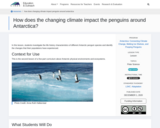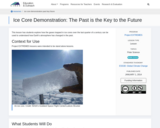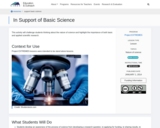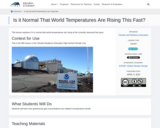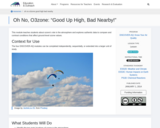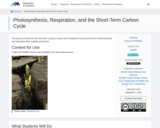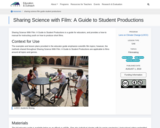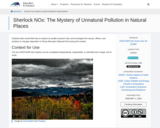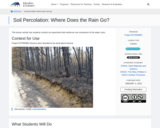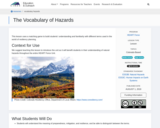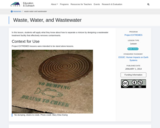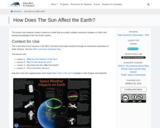
This lesson has students create a hands-on model that accurately explains seasonal changes on Earth and develop knowledge of the Sun-Earth system.
- Subject:
- Applied Science
- Physical Science
- Material Type:
- Lesson
- Provider:
- University of Colorado Boulder
- Provider Set:
- Cooperative Institute for Research in Environmental Sciences (CIRES)
- Date Added:
- 03/25/2014
